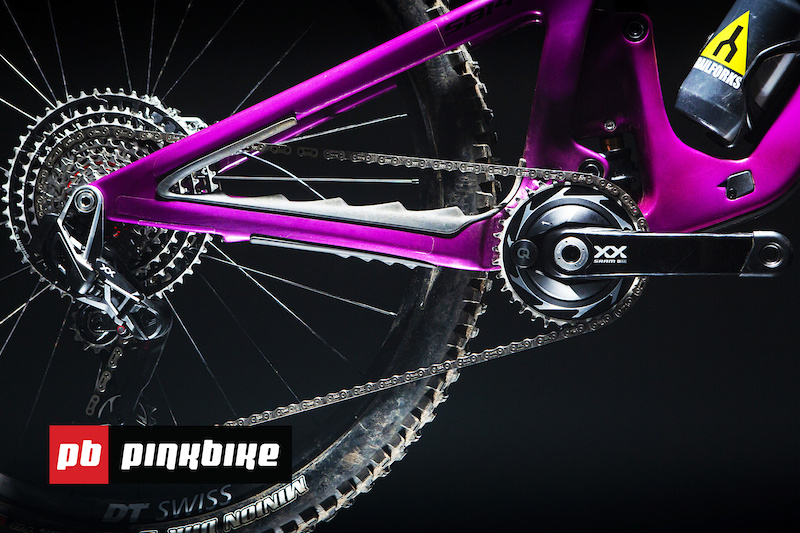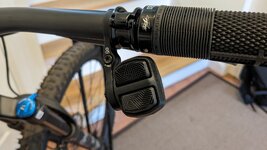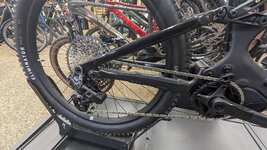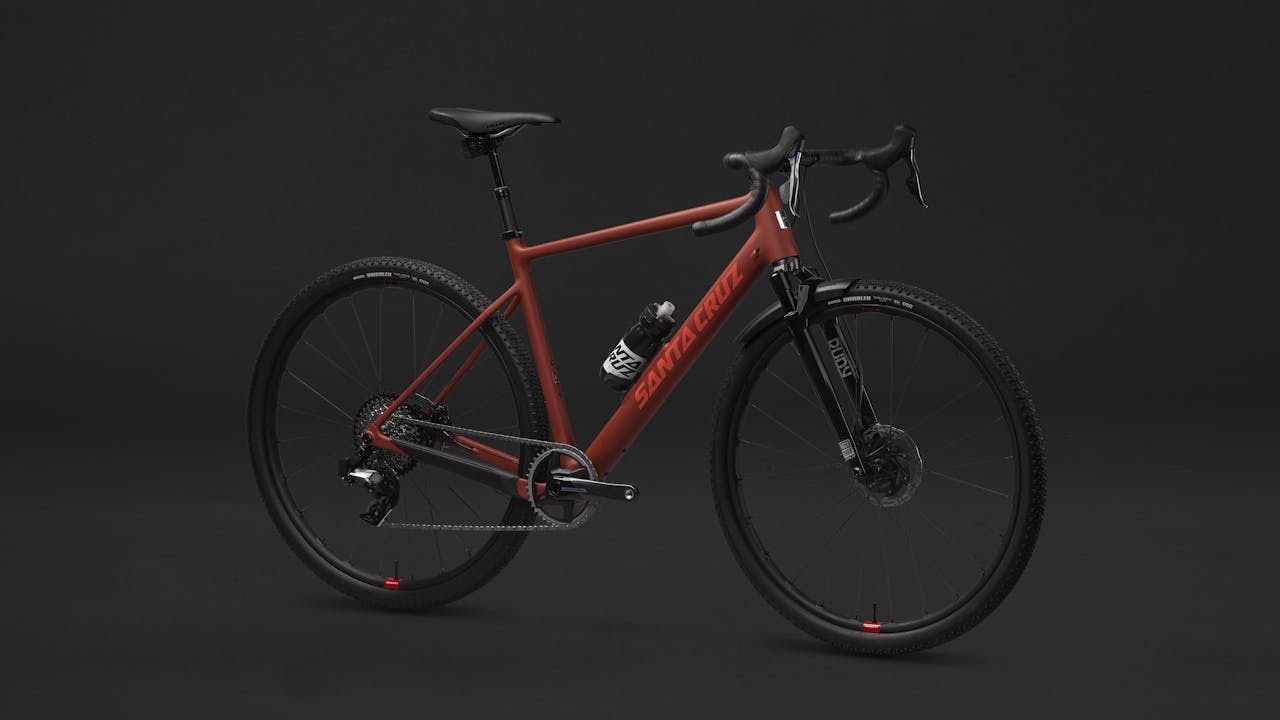In principle, the basic function of the new Eagle Transmission derailleur isn’t much unlike that of previous AXS models. The all-new derailleur nudges the chain inwards or outwards, depending on whether you want to shift up or down. The cassette does the actual work. Cassettes have long had so-called shifting ramps, which look like recesses on the sides of the cogs, and they’re there to help the chain climb onto a bigger cog when shifting up.
SRAM also rely on shifting ramps for their new Eagle Transmission cassettes. However, this is less of an aid and much more of a determinant for when the chain shifts. The chain won’t shift gears without the help of a shifting ramp. Depending on the gear, the new Transmission cassette has a different number of shifting ramps, which are responsible for shifting either up or down. SRAM also rely on many other practical features to optimise the shifting process. The sprockets of the new Eagle Transmission cassettes utilise the narrow-wide design, with alternating narrow and wide teeth. Until now, it was only the three inner cogs of SRAM cassettes that had narrow-wide teeth. In addition, the new Flattop chain can only mesh with the cassette in a certain position, ensuring that it is always perfectly engaged and distributing the pedalling forces equally. If it does end up in the wrong position, it won’t mesh with the cog and will simply slip back into the correct position as soon as you apply a light load. Due to the omission of the B screw, the distance between the upper guide pulley and the cassette is always correct, too.
If you shift just one gear, the alignment between the derailleur and the cassette requires the derailleur to move only to such an extent that the chain uses a single shift lane to jump up or down the cassette, preventing it from being forced into the wrong gear. The best part comes with shifting several gears at once, because the new Transmission derailleur has a programmed delay between shifting operations. For example, if you shift two or three gears in quick succession, the derailleur won’t move at the same speed but rather time the shifting. This allows the chain to wait for a shifting ramp on the cassette instead of being forced up or down the cassette.









